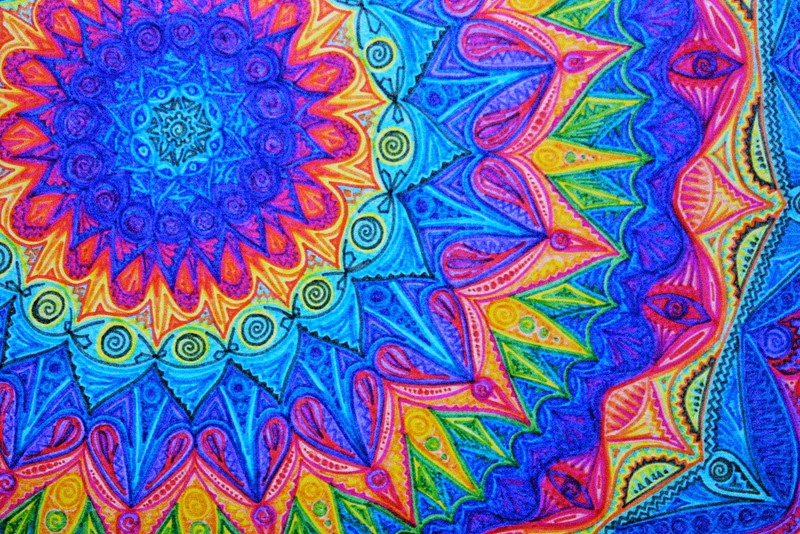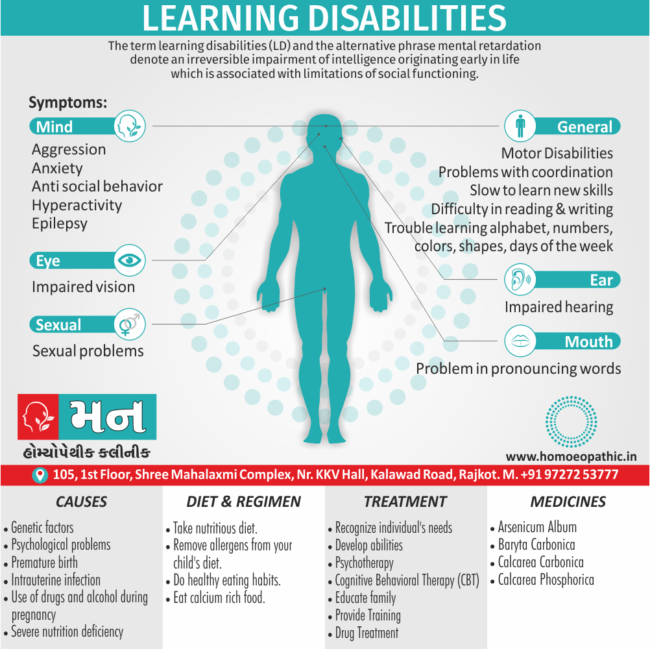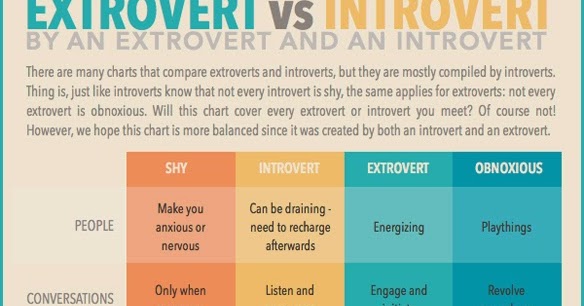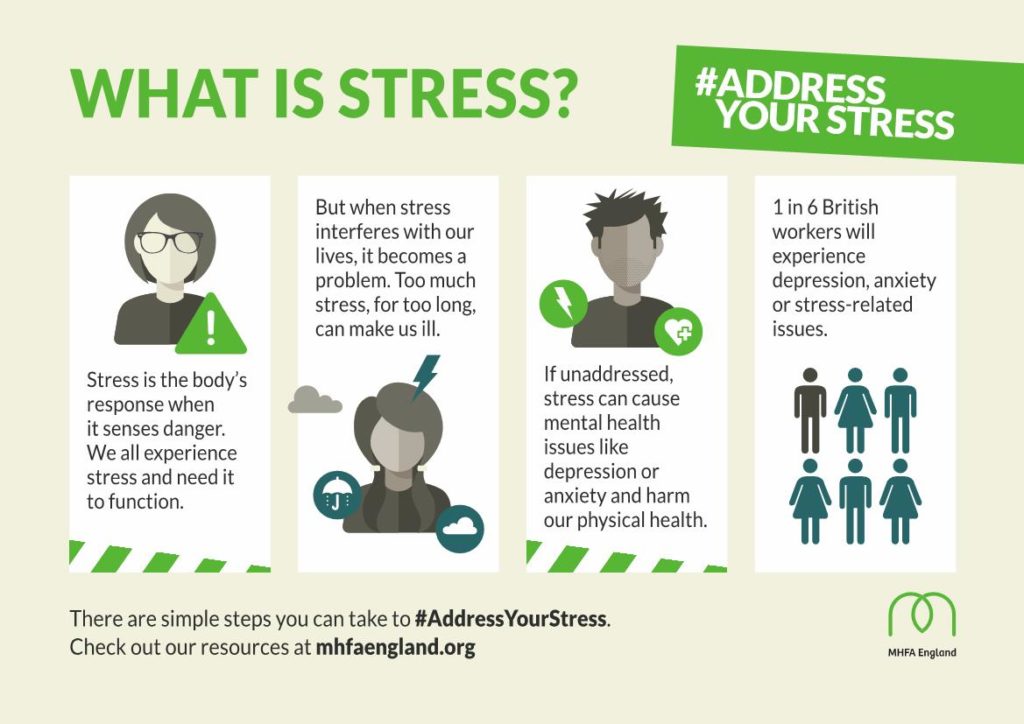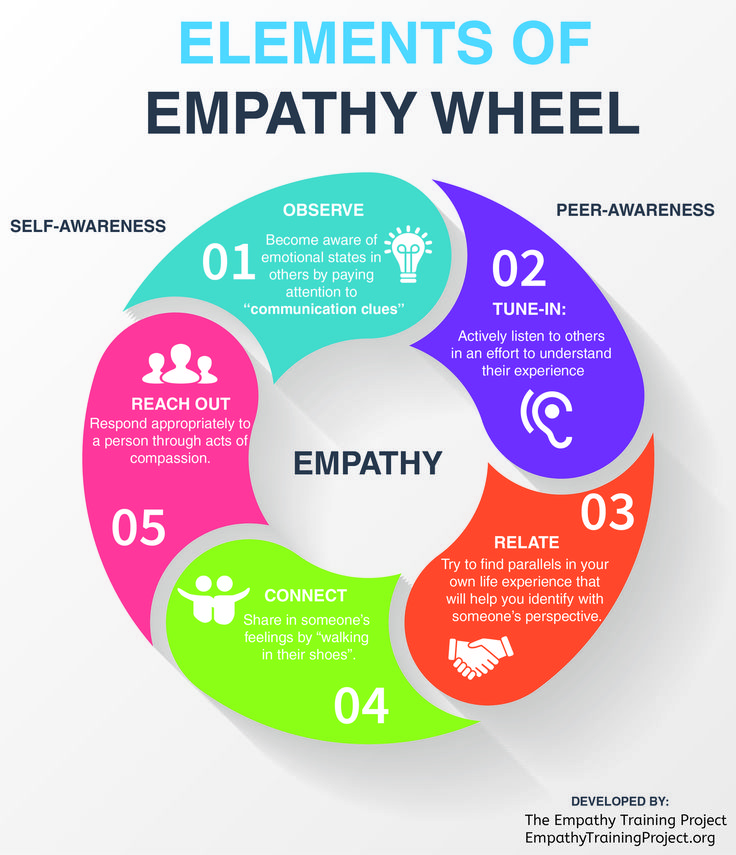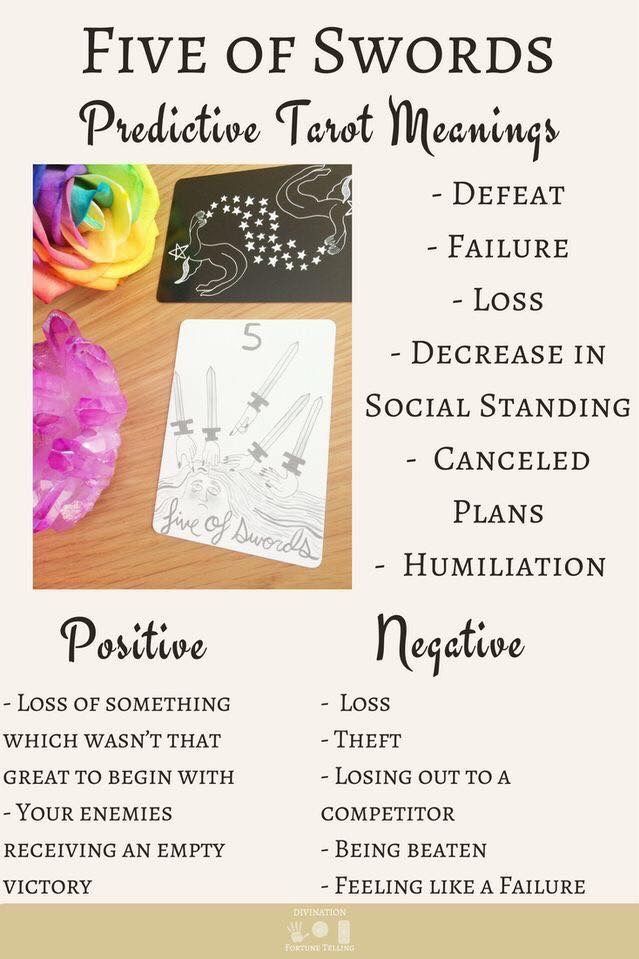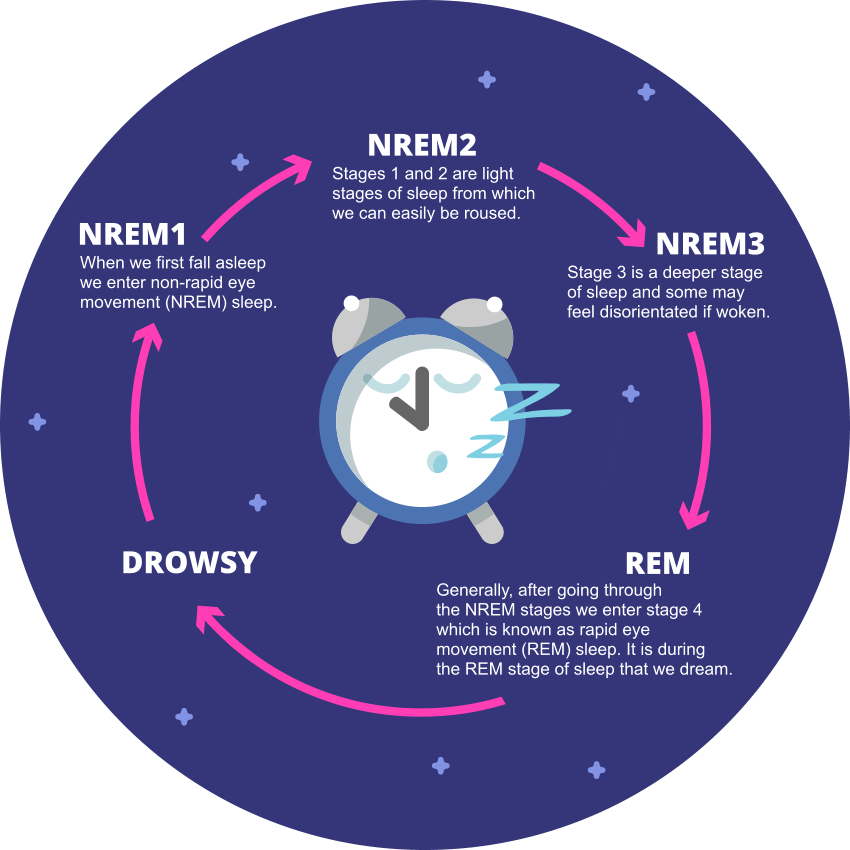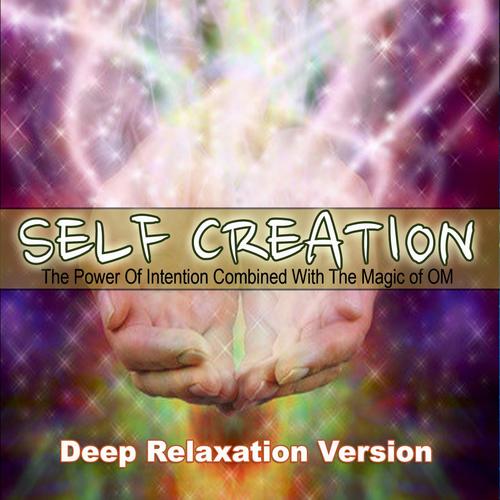Art therapy and schizophrenia
Art Therapy For Treatment Of Schizophrenia
Q
What is art therapy?
A
Art therapy involves using art as a medium of expression, under the guidance of a therapist. Using paint, clay or various other types of art, a person with mental illness can express their inner thoughts without using words. Art therapy is usually combined with other forms of alternative therapy such as music, dance and movement, to help persons with mental illness. The goal of art therapy is not to learn to paint or hone artistic skills, but to give voice to your thoughts and understand your feelings and emotions better.
Note: While art therapy may involve many other forms such as music, dance, drama etc, this article is about the visual art medium only.
Art therapy for schizophrenia
Persons with schizophrenia experience several symptoms such as hallucinations and distorted or false perceptions, which are often not understood by their friends or family. In such cases, art therapy helps them:
a) Interpret their emotions and feelings, and express them without necessarily using words. This helps friends and family of the person understand them better.
b) Fight the side-effects of medication: Art therapy helps persons with schizophrenia deal with the side effects of psychiatric medications such as drowsiness, lethargy as activity such as drawing or making a collage helps to keep their minds active with work.
For persons with schizophrenia, art therapy is a healthy form of distraction from various symptoms, such as disturbing thoughts, hearing voices, etc. The one to two-hour therapy sessions help the person to focus on the activity assigned to them and ignore the voices in their head or stop talking to themselves, apart from providing a forum for creative expression
A rehabilitation professional from Asha, a halfway home for persons with schizophrenia and bipolar disorder, working under the aegis of Richmond Fellowship Society, Bangalore
Q
What does an art therapy session involve?
A
Visual art therapy sessions can either take place in groups or in one-on-one interactions with the therapist.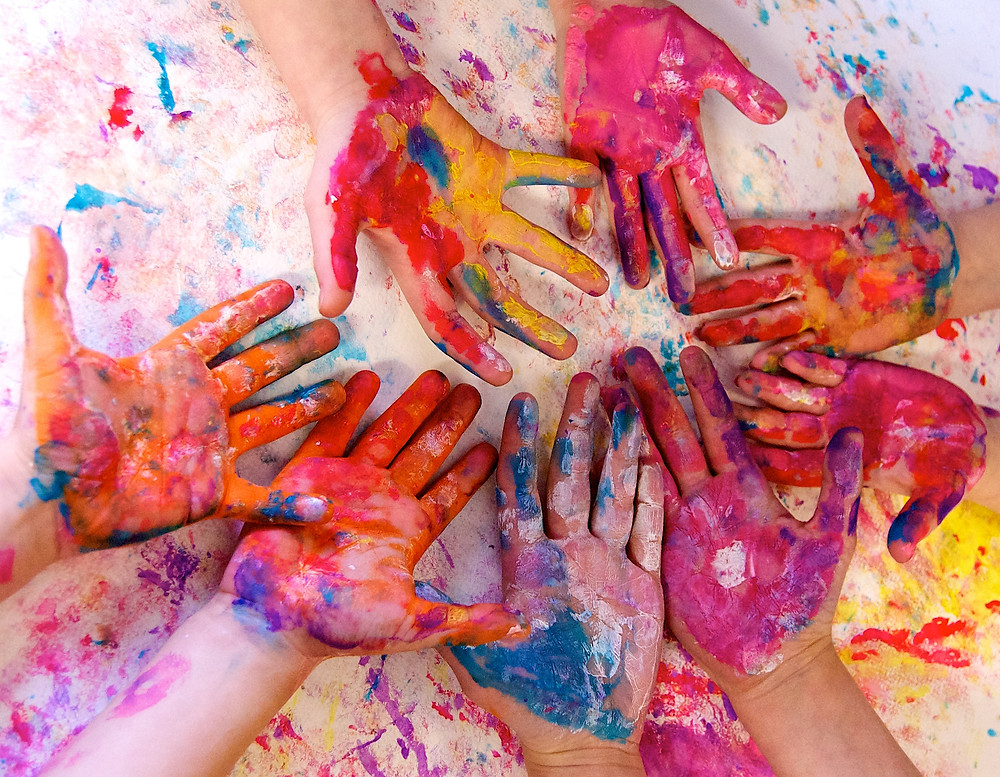 Group sessions not only help the person understand and express themselves but also helps them learn social skills. Participants learn to make appropriate conversations with each other, relearn simple communication, understand the group dynamics and learn to work with each other, thereby enhancing their team-building capabilities.
Group sessions not only help the person understand and express themselves but also helps them learn social skills. Participants learn to make appropriate conversations with each other, relearn simple communication, understand the group dynamics and learn to work with each other, thereby enhancing their team-building capabilities.
An individual art therapy session involves the therapist and the person. At first, the person is given the freedom to choose their visual medium of expression, such as paint or clay, and is provided with materials to create the form. The goal here is more to spark a discussion between the therapist and the person about their state of mental health, rather than creating good art. This helps the therapist understand the person better. The person then creates the art form, after which the therapist and the person discuss and reflect upon the therapeutic relief through the art form.
When we divide them into teams for the session, we also introduce an element of competition.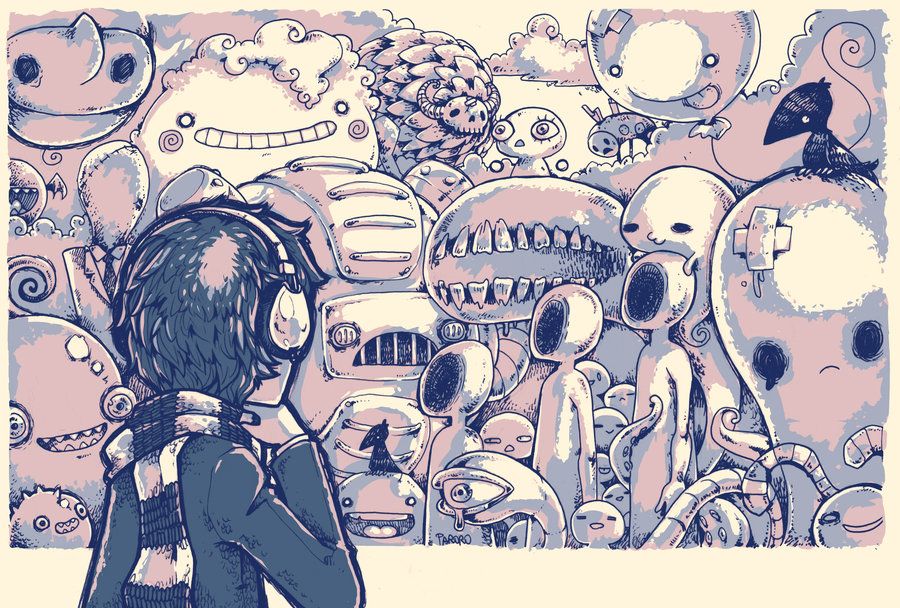 We give them an activity and each person is asked to compete against the others. When healthy competition is introduced, the motivation to perform the task well is high, which in turn helps with their self-esteem and social team building
We give them an activity and each person is asked to compete against the others. When healthy competition is introduced, the motivation to perform the task well is high, which in turn helps with their self-esteem and social team building
Rehabilitation professional
For persons with serious mental illnesses like schizophrenia, creating the art form could be something that they would like to share and express or something that they want to describe – an incident or an experience that they have not been comfortable sharing earlier.
Art as a complementary form of therapy
Schizophrenia is a chronic, severe mental illness which affects day to day functioning. Art therapy is useful in addressing negative symptoms such as lack of motivation, social withdrawal, poor communication and non-verbal skills. It can be a complementary therapy, which along with medication, will help in the treatment of the person and teach them to cope with the illness. Art therapy can be especially helpful for persons with mental illness and their caregivers to just let go of their anger, frustration and emotional upheavals in a healthy manner and in an environment that is supportive and stigma-free.
Q
Where to look for art therapy?
A
Art therapy sessions are usually conducted in hospitals and community-based rehabilitation centers. One can also approach their mental health professional who can refer them to a certified art therapist. You can also check if rehabilitation centers near you offer art therapy, and approach them.
We are a not-for-profit organization that relies on donations to deliver knowledge solutions in mental health. We urge you to donate to White Swan Foundation. Your donation, however small, will enable us to further enhance the richness of our portal and serve many more people. Please click here to support us.
Art Therapy for Schizophrenia: What to Know
The main treatments for schizophrenia are therapy and medication. But experts are exploring what role — if any — art therapy has in helping to lessen your symptoms.
Fewer than 1% of Americans live with schizophrenia, according to the National Institute of Mental Health (NIMH).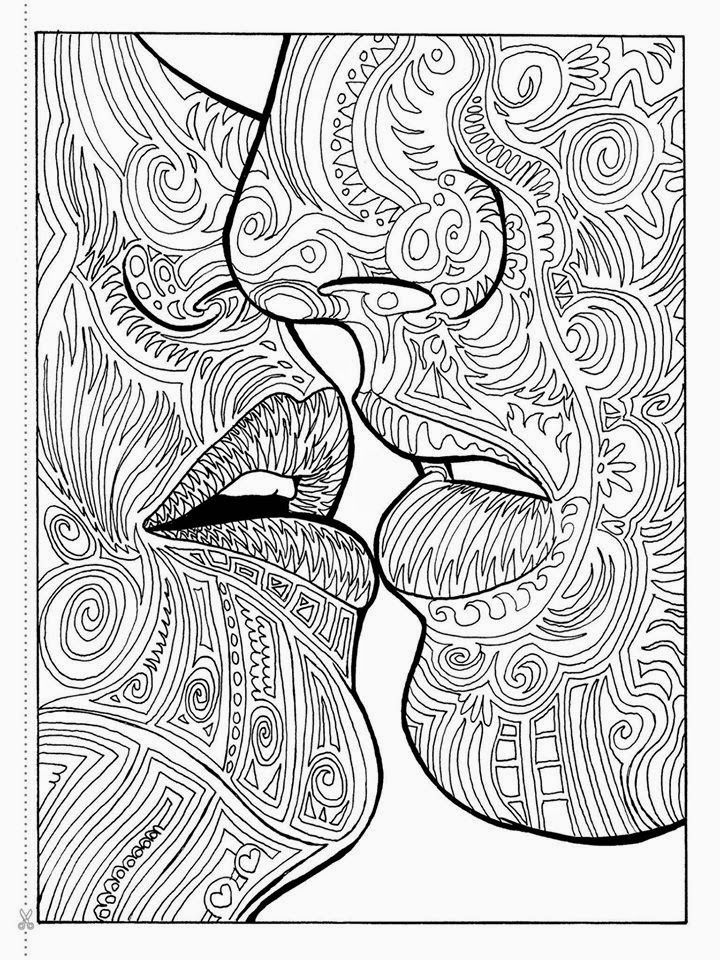 That doesn’t sound like a lot. But if you or someone you love has this chronic mental health condition, you know it may be an ongoing challenge to manage. Finding the right treatment and medication is key — and so is sticking with it.
That doesn’t sound like a lot. But if you or someone you love has this chronic mental health condition, you know it may be an ongoing challenge to manage. Finding the right treatment and medication is key — and so is sticking with it.
Schizophrenia is a manageable mental health condition. Medical treatments are always based on your specific symptoms and needs, though finding the right treatment can take a lot of trial and error to figure out.
The gold standard treatment for both conditions is taking antipsychotic medication and attending regular therapy. But is there another, alternative way to help treat symptoms? This is where art therapy may come into play.
Art therapy is when you engage in artistic activities that encourage you to express your innermost feelings in a creative way. It can be anything from musical engagement, visual art, dance, drama, or creative writing.
One of the main benefits of art therapy is that you don’t have to be “artistic” to have success with it.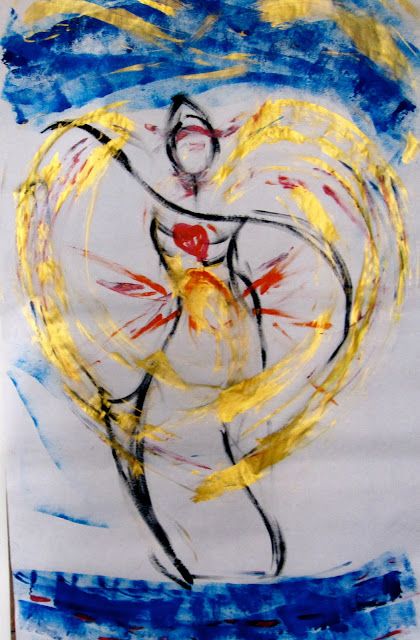
It’s been used as an add-on program for a long time. Combining the creative process with talk therapy often leads to positive outcomes. You end up feeling more self-aware and self-compassionate.
The majority of existing literature says there’s no clear evidence for using art therapy to treat the symptoms of schizophrenia, including psychosis. Yet other studies show that it might still be worth trying.
It has been deemed “low-risk” and “high-benefit.” It may not work as the main form of therapy, but it can still be incorporated as a complementary strategy.
Schizophrenia is a lifelong mental health condition. If you live with it, you may experience distortions in reality, including delusions or hallucinations.
Per the Diagnostic and Statistical Manual of Mental Disorders (DSM-5), two of the following five symptoms must be present for a diagnosis, and at least one of those two symptoms must be from among the first three on the list below.
- delusions
- hallucinations
- disorganized speech
- disorganized or catatonic behavior
- negative symptoms
“Positive” symptoms of schizophrenia are those that involve psychosis.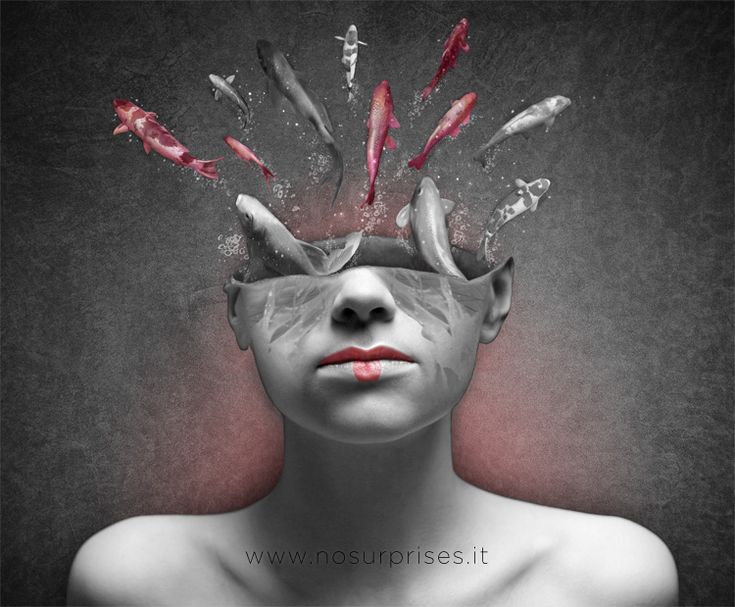 They include delusions, hallucinations, and disorganized speech.
They include delusions, hallucinations, and disorganized speech.
“Negative” symptoms are blocked emotions or a muted emotional response. You may also feel less able to function in your everyday life.
Psychosis is a symptom of schizophrenia. Sometimes people have trouble understanding it. It usually accompanies hallucinations or delusions. The most common types of hallucination are hearing voices and seeing or feeling things that aren’t really there.
Recent trends in psychiatry have been focusing on a more holistic approach to treatment.
The practice of using creativity or art therapy to improve symptoms actually started more than half a century ago. It’s been receiving renewed attention over the past 30 years. This may be because many antipsychotic medications come with distressing and debilitating side effects that people find intolerable.
Visual art therapy
“Art therapy can help keep people feel more focused in the present moment as they explore and play creatively.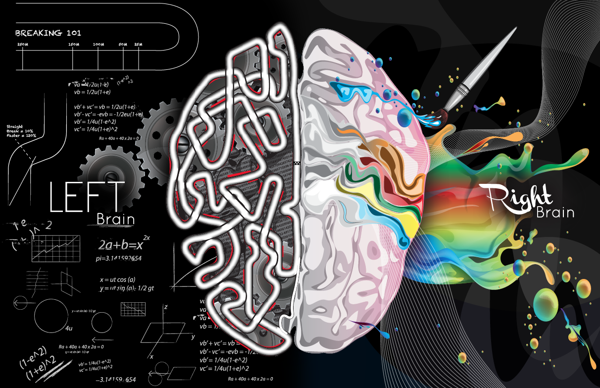 I find it helpful to provide a guided directive,” says Alexa Pinsker, an art therapist and counselor based in Colorado.
I find it helpful to provide a guided directive,” says Alexa Pinsker, an art therapist and counselor based in Colorado.
For example, create an image of an anchor or something that grounds you. This can be literal or metaphorical. “Most people appreciate having structure and something to focus on,” says Pinsker.
It’s difficult to know if art therapy actually works as a treatment for schizophrenia. Trial results have been inconsistent, mixed, and sometimes contradictory. Visual art therapy has been analyzed the most. It appears more successful than other creative forms.
Music therapy
Music therapy is another popular form of art therapy that’s been studied. During this treatment, you create music — guided by your therapist — or listen and respond to music by analyzing the lyrics of a song.
Studies have shown improved outcomes in positive and negative symptoms of schizophrenia when art therapy was used in addition to standard mental health treatment. Research also suggests that music therapy may improve social functioning and quality of life.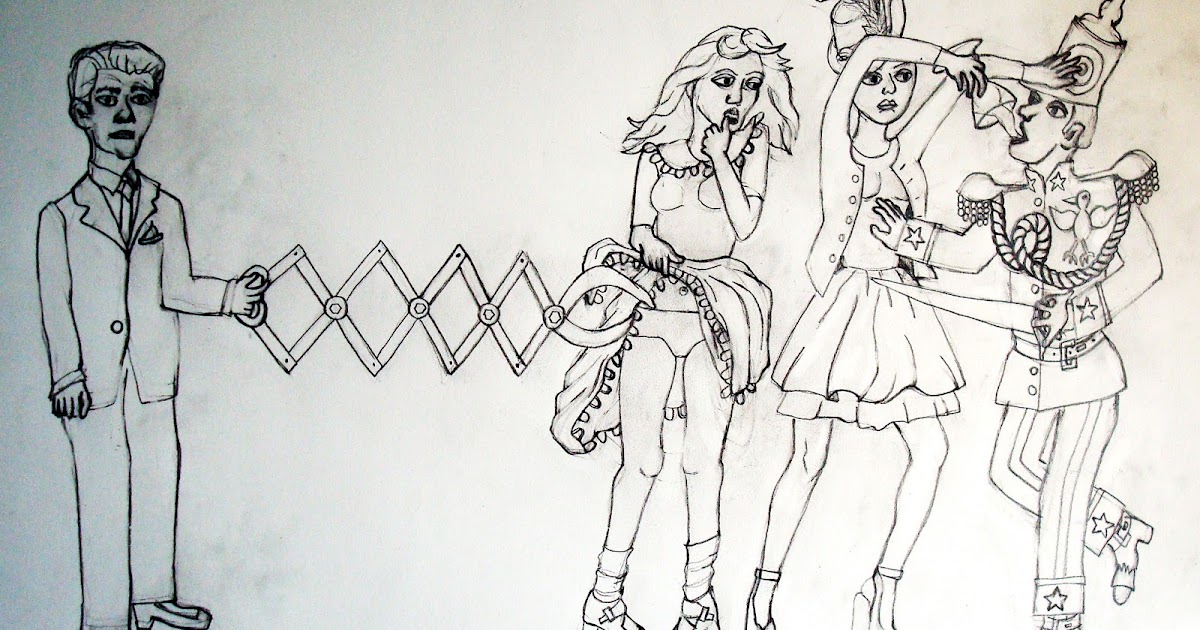
Another study of psychiatric outpatients assigned to a year of weekly music therapy — in addition to receiving standard mental health care — revealed that they needed a lower dose of medication to manage their symptoms compared to those who did not go through music therapy. This likely indicates an improvement in their symptoms.
Pinsker believes that art therapy can provide an important distraction from disturbing or paranoid thoughts and hearing voices.
According to Dr. Akua Boateng, a licensed psychotherapist based in Philadelphia, Pennsylvania, “Art can be connected to emotional regulation, as well as brain and body integration. As a result, utilizing creativity can ground one in present reality, and improve relationships and emotional expression.”
It can also combat stress, says Jenny Lee, an art therapist based in Washington state. “The latest research says that even 45 minutes of art-making lowers salivary cortisol levels in the body.”
You may find it hard to verbally communicate your thoughts and emotions to a psychotherapist. Art therapies, on the other hand, may help you bypass this obstacle and express yourself in alternative ways.
Art therapies, on the other hand, may help you bypass this obstacle and express yourself in alternative ways.
“It can also mitigate feelings of anxiety and depression as a result of mental illness,” says Pinsker. She says that art therapy can help some people with the negative symptoms of schizophrenia, as well as some of the side effects of common medications.
“Art therapy can be used with talk therapy to support the verbal expression of internal experience,” Boateng says. “But some people might find it more feasible to express themselves via art than talking.”
Pinsker agrees with this assessment. “Art therapy works well in conjunction with other modalities as a complementary therapy,” she says.
The existing literature on music therapy has found little difference in the effectiveness of group versus private therapy sessions. Group sessions are generally recommended, though, because they may help with socializing and connecting to others.
Schizophrenia may cause you to feel isolated.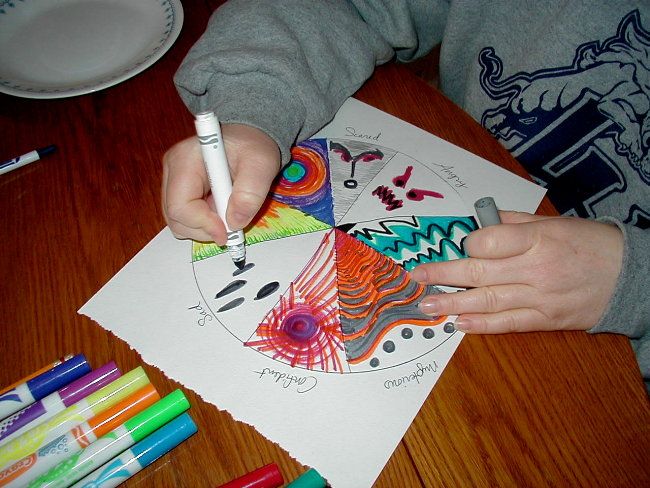 Participating in a group may make you feel more confident, as the setting promotes a strong sense of belonging.
Participating in a group may make you feel more confident, as the setting promotes a strong sense of belonging.
Pinsker agrees. “In our art therapy groups, we would start by having each person create an image on a large canvas as a way to share what they were experiencing in that moment. They would also number how they were feeling (1 to 10, where 1 means feeling pretty low and 10 means feeling great). Then each person would share about their image and how they were feeling that day.”
She continues, “At the end of the group, people would share thoughts on their own art, ask questions, or make observations about other participants’ art. Almost always, they checked out feeling better than they did when they started.”
For example, one person said: “I started at a 4 because I felt really tired and lonely. Now I’m feeling a 7 because it was very relaxing to paint for this past hour and hang out and talk with other people in this group.”
“Art therapy can be used as primary or adjunctive treatment,” says Lee Ann Thill, an art therapist and counselor based in Philadelphia. “People who are actively psychotic, and being treated in a facility — inpatient, residential, partial — often have art therapy as part of therapeutic programming.”
“People who are actively psychotic, and being treated in a facility — inpatient, residential, partial — often have art therapy as part of therapeutic programming.”
She says that when art therapy is the primary treatment, it’s typically in cases of outpatient treatment. In these situations, a person’s symptoms are usually managed, and they wouldn’t be in crisis with active psychosis.
Thill notes that in her experience, many people who live with schizophrenia and psychosis genuinely enjoy art therapy, which often helps with their overall engagement in treatment.
At this point in time, “gold standard” research for art therapy, which involves randomized control trials, is the exception rather than the rule.
Although this well-respected study has concluded that art therapies don’t significantly lower total or positive symptoms, researchers did find a “small” therapeutic effect for negative symptoms.
The main challenge when measuring the efficacy of art therapy is that studies are often conducted while participants are undergoing other treatments (i.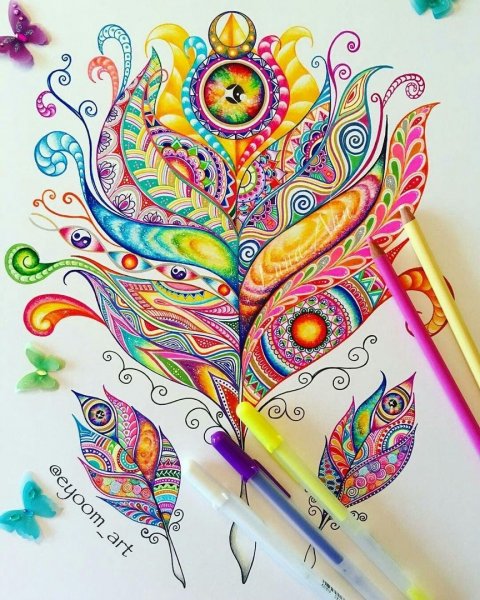 e., medication).
e., medication).
The varying qualifications of the person in charge of your creative program can also be an issue. You might have a professionally trained art therapist teaching you to dance or paint. Or, you may get a more general healthcare professional. In the United States, at least, creative art therapy training is regulated.
The best thing art therapy has going for it is its potential to help you connect and communicate better — with yourself, your peers, and your therapists.
The types of art therapies available are vastly different from traditional treatment techniques. Visual art, music, dance, drama, and writing all have the ability to promote therapeutic healing by bringing out your creative side.
To find an art therapist, use the Art Therapist Locator through the American Art Therapy Association. Also, call your insurance provider to find out what treatment options or support groups are available near you.
Group Art-Gestalt Therapy of Schizophrenia - Dr.
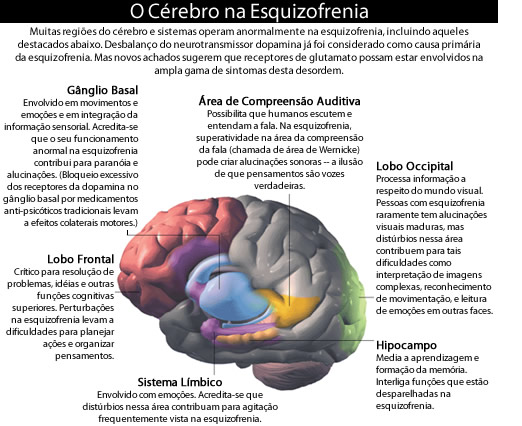 Ermakov's Psychotherapy Center
Ermakov's Psychotherapy Center In recent years, most specialists tend to conclude that both purely sociogenetic and purely biological models of mental illness are imperfect; historically emerged concepts that psychoses are caused by biological, and neuroses - by sociopsychological factors seem to be unduly simplified and do not correspond to the current state of knowledge. Therapy of any kind may be only part of a general approach to the treatment of schizophrenia. That is why psychiatry, in principle, cannot exist without psychotherapy. The most relevant to the modern systemic understanding of schizophrenia, apparently, is the model of stress diathesis formulated by J. Zubin. Vulnerability is manifested in the fact that the stressor acts on the already altered ability of the patient to resist it, so the absolute value of the stressor becomes relative (14). We inform you that our Center in Novosibirsk provides group psychological therapy, trainings and classes with a psychologist in groups.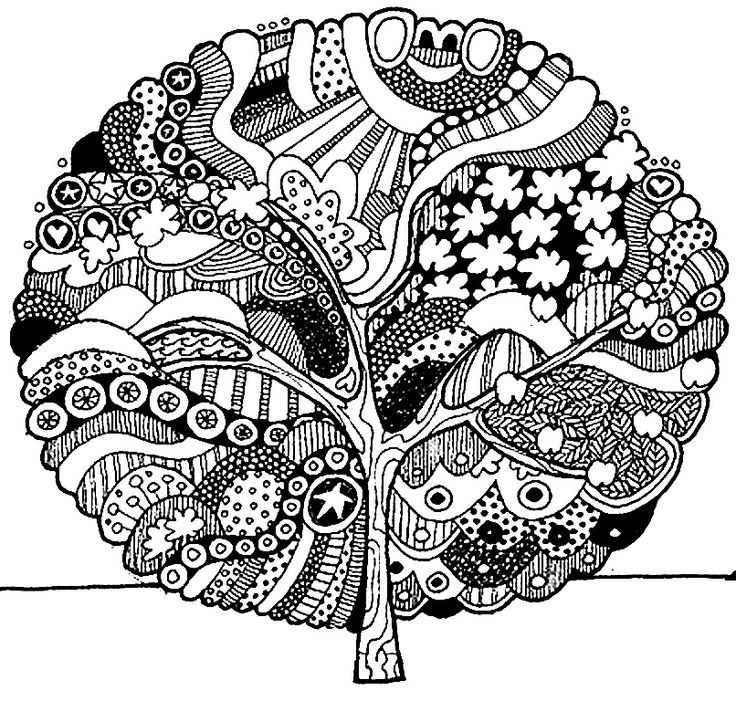
The study of stress has shown that the processes are not limited to the psychosocial sphere, invading the activity of biological and humoral processes, including the dopamine system, and the phenomenon of neuronal plasticity confirms the morphological basis of psychosocial phenomena. Neurons respond to repeated stimuli with functional (electrophysiological) and anatomical (growth of dendrites) changes, which are the morphological basis of the dynamics of a person's mental life. The biological, entering the personality of a person, becomes social. Brain pathology can generate in the subject, in the structure of his personality, a biologically determined predisposition to the formation of certain psychological characteristics of the personality, the implementation of which subsequently depends on the influence of social factors. Thus, the theoretical understanding of the nature of schizophrenia, of course, leaves room for psychosocial and psychotherapeutic approaches in the treatment strategy for this disease (2).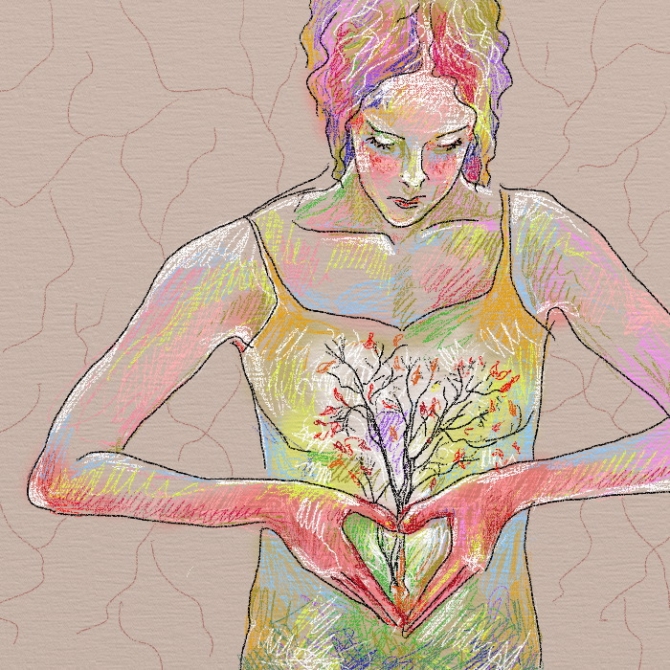
We also draw your attention to the fact that our Center in Novosibirsk conducts group art therapy with a psychologist.
The psychotherapy of schizophrenia has been intensively developed since the 1920s in European clinics and the USA. The main trends in its development are associated with the general humanization of the approach to the patient as a suffering person, capable of fighting the disease and cooperating. Back in the 30s, G.S. Sullivan noted that patients with schizophrenia often showed extreme sensitivity and actively reacted to their environment, although these reactions were often indirect or non-verbal (hidden) in nature. He received sensational results - out of about 300 patients with schizophrenia who underwent psychoanalytic therapy, 61% showed a significant improvement.
According to RW Lang, the term "schizophrenic personality" refers to an individual whose value of experience is split in two directions: first of all, it is the breakdown of his relationship with the outside world and, secondly, the breakdown of his connection with himself.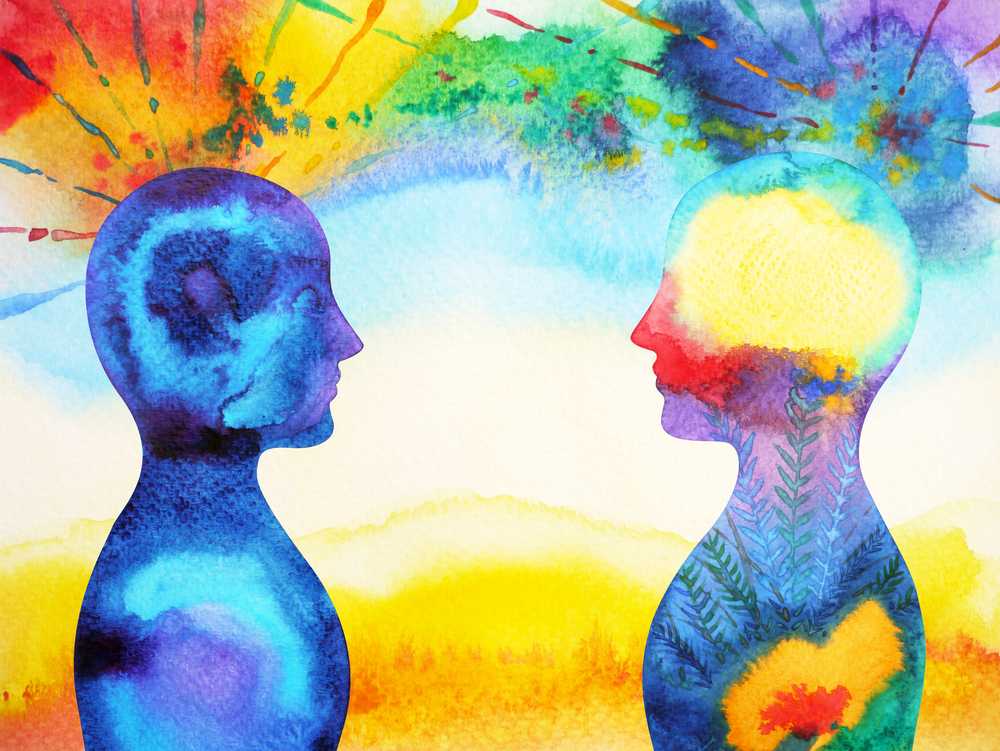 At the same time, a person cannot feel hopelessly lonely and isolated from others. Such a person does not feel like a whole person, but as if “split” into different parts. The areas of the “I”, separated by the process of splitting, pass one into another without sharp boundaries. The boundaries between the divided areas are partially permeable (9). The confusion of experiences of such a person is aggravated by the fact that in the "crowd" of the listed images-figures there may be images of other people. The abundance of overflowing images leads to the fact that the real external world is no longer perceived as it really is. Split fantasy endows the external world with imaginary images through projection. In parallel with this, images of actually experienced “external” personalities are introjected, “inside”, which, thus, are part of the structure of one’s own personality. This inevitably leads to serious violations of behavioral, mental and sensory functions, as a person becomes disorganized and confused, losing the opportunity to concentrate on what is happening directly “here and now” (P.
At the same time, a person cannot feel hopelessly lonely and isolated from others. Such a person does not feel like a whole person, but as if “split” into different parts. The areas of the “I”, separated by the process of splitting, pass one into another without sharp boundaries. The boundaries between the divided areas are partially permeable (9). The confusion of experiences of such a person is aggravated by the fact that in the "crowd" of the listed images-figures there may be images of other people. The abundance of overflowing images leads to the fact that the real external world is no longer perceived as it really is. Split fantasy endows the external world with imaginary images through projection. In parallel with this, images of actually experienced “external” personalities are introjected, “inside”, which, thus, are part of the structure of one’s own personality. This inevitably leads to serious violations of behavioral, mental and sensory functions, as a person becomes disorganized and confused, losing the opportunity to concentrate on what is happening directly “here and now” (P.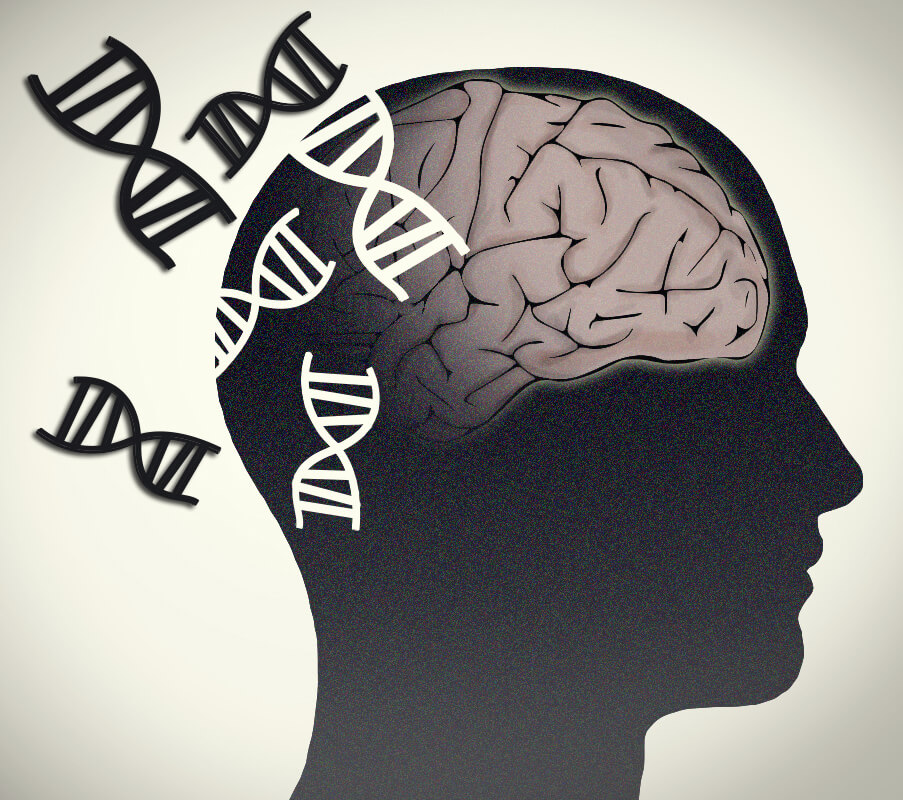 Kutter, 1997) (2). Since the center of schizophrenic disorder is a violation of interpersonal relations, in psychotherapy the question of restoring genuine human contact with the patient, and thereby the problem of transference, comes to the fore. Patience and endurance are required of the therapist, as well as the ability to recognize in the patient the desire to find contact and at the same time the fear of it and resistance to it, in order to use these conflicting desires therapeutically by one's own behavior and mode of action. When, at last, contact is found and the therapist is recognized by the patient as a person in all its reality, the patient's love or hatred is often revealed in such a violent and boundless form that it confronts the doctor with difficulties no less than the patient's former inaccessibility. Not only the need for love is transferred to the therapist, but also massive destructive and hostile longings. For a long time, all these contradictory affects are still in a state of chaos, there are fluctuations from one extreme to another, as a result of which direct physical threats can be replaced by just as specific love outpourings.
Kutter, 1997) (2). Since the center of schizophrenic disorder is a violation of interpersonal relations, in psychotherapy the question of restoring genuine human contact with the patient, and thereby the problem of transference, comes to the fore. Patience and endurance are required of the therapist, as well as the ability to recognize in the patient the desire to find contact and at the same time the fear of it and resistance to it, in order to use these conflicting desires therapeutically by one's own behavior and mode of action. When, at last, contact is found and the therapist is recognized by the patient as a person in all its reality, the patient's love or hatred is often revealed in such a violent and boundless form that it confronts the doctor with difficulties no less than the patient's former inaccessibility. Not only the need for love is transferred to the therapist, but also massive destructive and hostile longings. For a long time, all these contradictory affects are still in a state of chaos, there are fluctuations from one extreme to another, as a result of which direct physical threats can be replaced by just as specific love outpourings.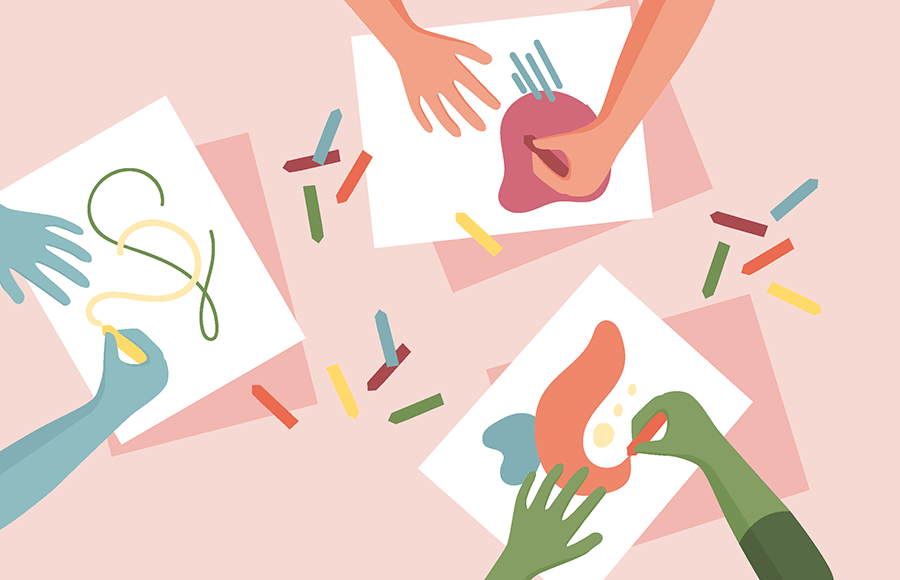 Thus, the doctor-patient relationship takes on a completely different character here than in the treatment of neuroses (10).
Thus, the doctor-patient relationship takes on a completely different character here than in the treatment of neuroses (10).
Gestalt therapy focuses on actual relationships as such. If the patient is angry with the therapist, this may be important, for example, in terms of how the patient perceives these feelings now or what he is going to do about it. The transference interpretation distracts the patient from the integrity of his experience, clouding the power of actual feelings and behavior, replacing "now" with "a long time ago." The new ideas underlying in Gestalt therapy are as follows: the source of power is the present; experience matters most; the therapist himself is an instrument of therapy; therapy is too good to be limited to treatment (I. Polster, 1973) (11). Each person controls his energy in such a way as to maintain good contact with the environment, or resist such contact. Specific ways of interrupting interaction with the environment determine the style of a person's life when he sets his priorities.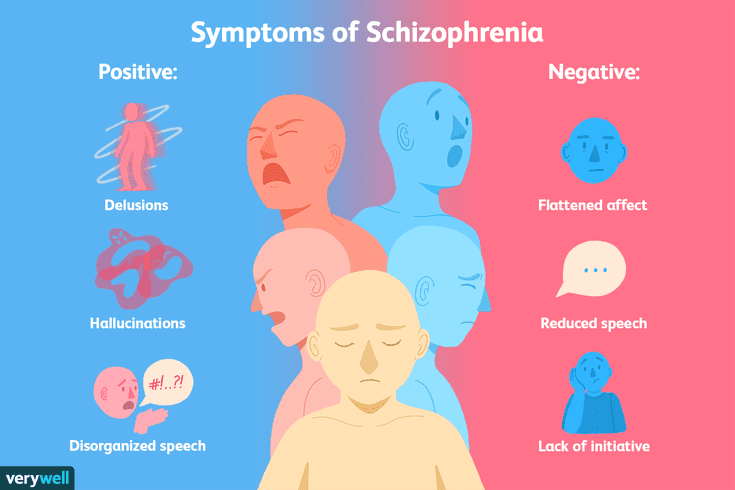 There are five main ways of resistance (11):
There are five main ways of resistance (11):
- During introjection, a person passively accepts what the environment offers. He makes little effort to determine his needs and desires. This is expressed in the fact that he is not critical to what is happening or lives in a favorable environment for himself. When the environment is hostile to him, he directs all his energy to keep the situation satisfied.
- In the case of projection, a person does not recognize any of his qualities, attributing them to the environment. If the environment is varied enough, in some cases, of course, he will be right. But more often than not, he will make serious mistakes and feel unable to change anything.
- With retroflection, a person refuses any attempts to influence the environment in which he feels himself a separate self-sufficient entity. He transfers his energy inward, severely limiting the connection between himself and the environment.
- In the case of diflexia, a person engages in communication with the environment at random.
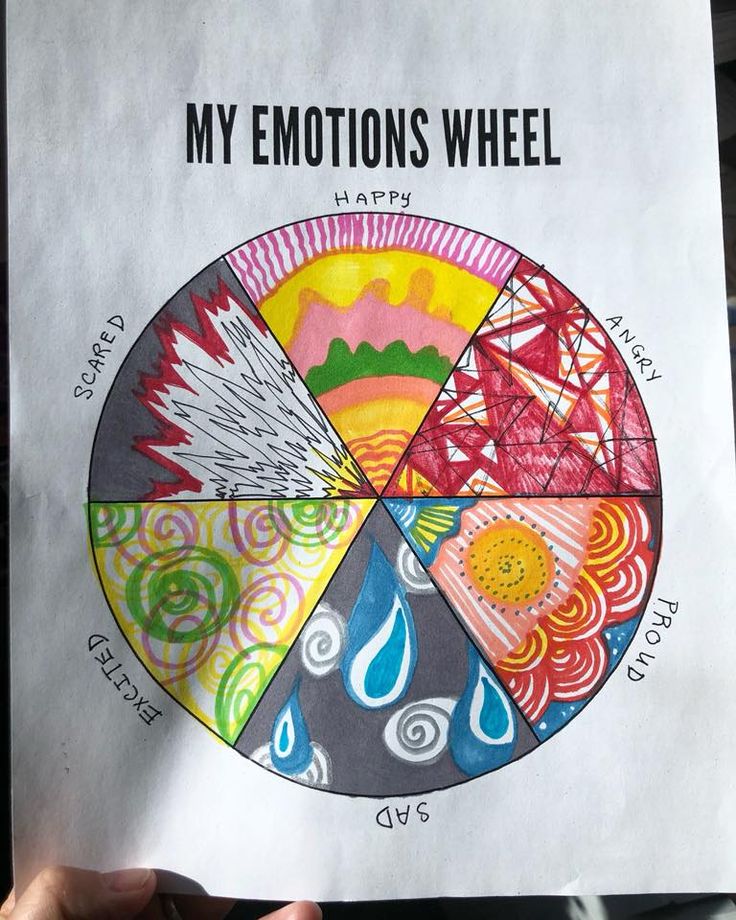 Most often, he makes mistakes at the same time, and if he hits the target, then by accident. That is, either he does not invest enough energy to get a significant return, or he invests it at random, and it “gets cloudy” and disappears. He gets desperate, getting no return, and ends up "bankrupt".
Most often, he makes mistakes at the same time, and if he hits the target, then by accident. That is, either he does not invest enough energy to get a significant return, or he invests it at random, and it “gets cloudy” and disappears. He gets desperate, getting no return, and ends up "bankrupt". - In confluence, a person "goes with the flow." It requires little energy at personal choice, he only needs to help a little with the current that picks him up and carries him. This stream may not be the direction he would like to go, but his random companions consider the chosen direction to be the right one, and he also accepts it as the right one. Besides, it doesn't cost him much, how can he complain?
The schizophrenic personality mainly uses primitive defenses, which are characterized by two qualities associated with the preverbal stage of development - insufficient connection with the reality principle and insufficient consideration of the separation and constancy of objects that are outside of one's own Self. projection and retroflection, to a lesser extent introjection, originating from the period when "I" and "other" were not yet fully differentiated. These forms of psychological protection allow the patient not to perceive the relationship between the contradictory properties of the same object, prevent anxiety that would arise due to the impossibility for the patient of their integral, integrated perception and, thereby, delay the psychotically determined disintegration of the personality. In psychotic exacerbation, such mechanisms play a dialectically positive role, but outside it they reduce the flexibility of social functioning and the adaptability of patients. It must be remembered that people functioning at the symbiotic level, which is typical for schizophrenia, even without obvious psychotic manifestations, are constantly in a state of panic, experiencing a sense of insecurity in this world (6). Virtually any psychotic projection represents certain, often denied, aspects of the patient's own self; that the psychotic reality is more predictable for the patient in the sense that it reflects the surface layer of his system of safety and survival in a hostile world.
projection and retroflection, to a lesser extent introjection, originating from the period when "I" and "other" were not yet fully differentiated. These forms of psychological protection allow the patient not to perceive the relationship between the contradictory properties of the same object, prevent anxiety that would arise due to the impossibility for the patient of their integral, integrated perception and, thereby, delay the psychotically determined disintegration of the personality. In psychotic exacerbation, such mechanisms play a dialectically positive role, but outside it they reduce the flexibility of social functioning and the adaptability of patients. It must be remembered that people functioning at the symbiotic level, which is typical for schizophrenia, even without obvious psychotic manifestations, are constantly in a state of panic, experiencing a sense of insecurity in this world (6). Virtually any psychotic projection represents certain, often denied, aspects of the patient's own self; that the psychotic reality is more predictable for the patient in the sense that it reflects the surface layer of his system of safety and survival in a hostile world.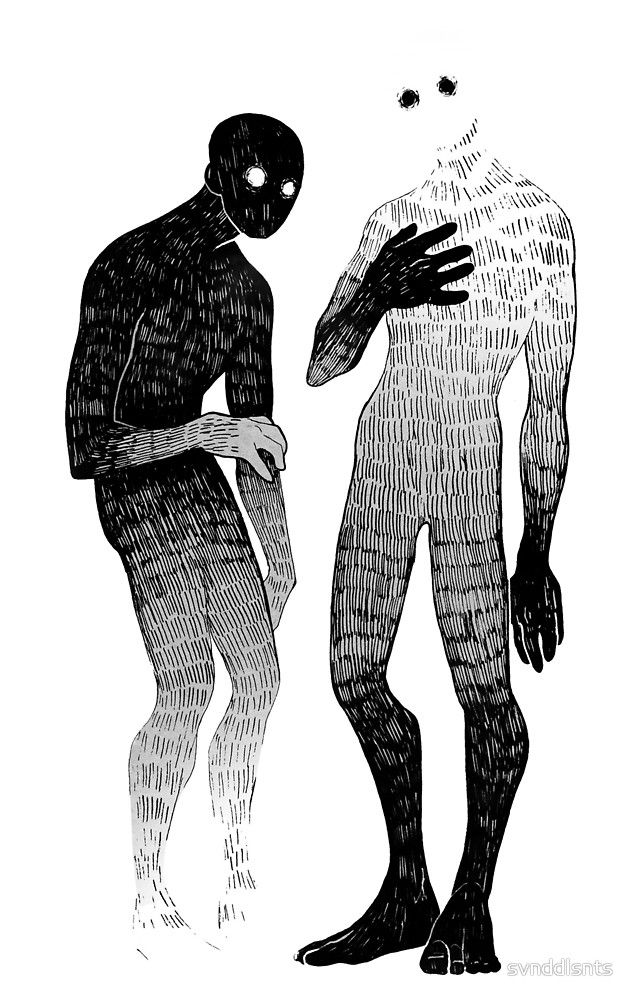 Patients with schizophrenia are characterized by a central violation of the identity of the ego, that is, the continuity of the sense of one's own representation in time apart from objects, despite the flow of external and internal impulses of information. This means that in contact with a paranoid patient, one should exclude excessively confrontational value judgments, work with affects, and not with their content, maintain strict therapeutic limits, and be predictable and consistent in the psychotherapeutic process (10).
Patients with schizophrenia are characterized by a central violation of the identity of the ego, that is, the continuity of the sense of one's own representation in time apart from objects, despite the flow of external and internal impulses of information. This means that in contact with a paranoid patient, one should exclude excessively confrontational value judgments, work with affects, and not with their content, maintain strict therapeutic limits, and be predictable and consistent in the psychotherapeutic process (10).
The task of the Gestalt therapist is to help the patient to realize his need, to make it clearer (to form a Gestalt) and neutralize, complete it, and ultimately help the person get out of the impasse. Thus, the main goal of Gestalt therapy is to awaken the latent possibilities of a person by encouraging awareness of their needs and facilitating their progress along the path to maturity (5). Gestalt therapy includes the following main components: expansion of awareness, integration of opposites, increased attention to feelings, work with dreams (fantasy), taking responsibility for oneself, overcoming resistance.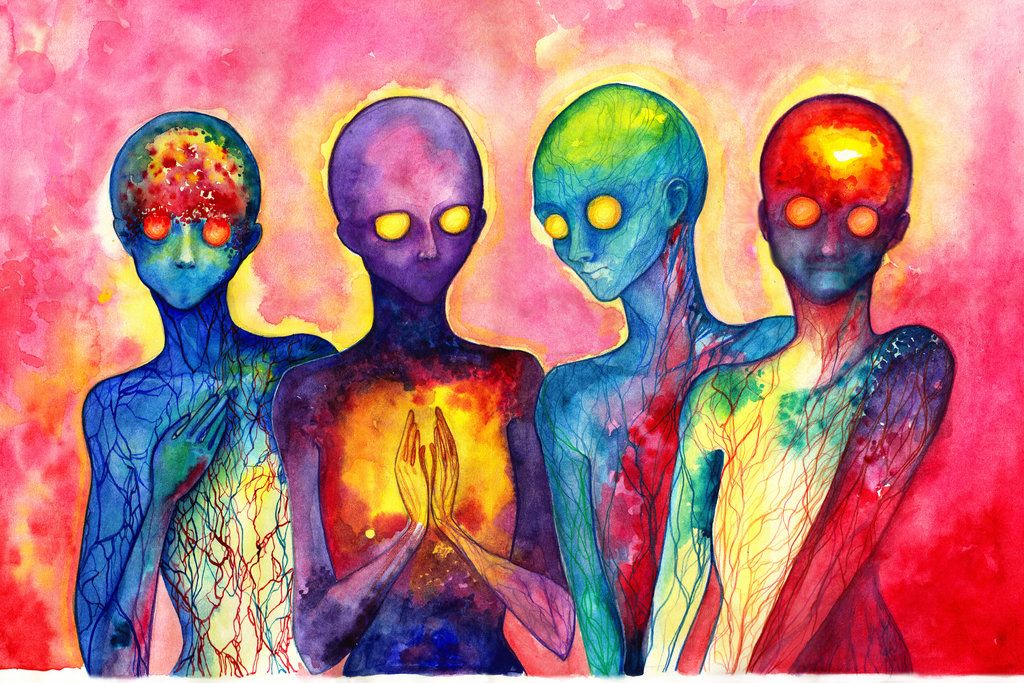 Each person is able to express his internal conflicts in visual forms, and then he becomes verbally clearer to himself, it becomes easier for him to tell, explain his experiences (8).
Each person is able to express his internal conflicts in visual forms, and then he becomes verbally clearer to himself, it becomes easier for him to tell, explain his experiences (8).
Art Gestalt therapy has common features that allow us to speak of it as a well-defined area of psychotherapeutic activity, namely: the use of visual materials for the patient to express the content of his inner world; creation of special conditions for this; the presence of a psychotherapist next to the patient in the process of his pictorial activity and the use of certain techniques that help the patient express his feelings and thoughts in an artistic form and realize the connection of pictorial production with the content of his inner world (1, 3).
Work using a group approach was carried out at the stationary stage. Thematic sessions were held twice a week and lasted for 1.5 hours. The group consisted of 5 to 8 people. The sessions had the usual structure for thematic group art gestalt therapy and included three main stages: introduction and warm-up; the stage of choosing a topic and pictorial work; and the stage of discussing drawings, individual gestalt experiments and feedback, and closing the session.
We used the following blocks of topics and exercises:
- Assuming different forms of work with visual materials and aimed at activating patients, improving their sensorimotor skills and developing associative thinking.
- Designed to train active attention and memory.
- Allowing patients to express their thoughts and feelings in an artistic form, including those related to problem situations and relationships that are significant to them, and to develop non-verbal communication skills;
- Contributing to a better understanding of their feelings and needs by patients, aimed at strengthening their identity and developing psychological defense mechanisms, as well as making patients aware of their system of relationships, including their attitude towards themselves. Specific Gestalt techniques: awareness and resistance work, including: amplification technique, hot chair technique.
In addition, other techniques were used:
Guided visualization technique in combination with visual work.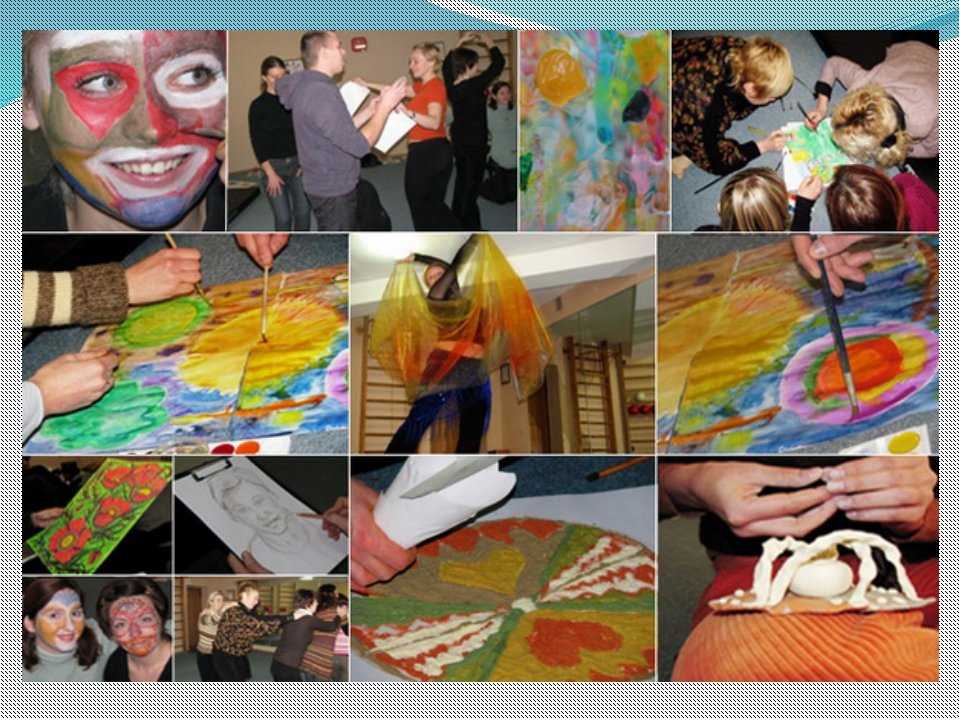
Various techniques of multimodal art therapy and gestalt therapy, offering a combination of visual work with elements of body-oriented therapy and psychodrama, using poetic and prose texts.
During the 12 months of using art-gestalt therapy, 57 patients with various endogenous pathologies of the schizophrenic spectrum participated in the groups. The groups were open and mixed by age (from 14 to 48 years) and gender (44 women and 13 men). Many patients during the period of work in the art-gestalt therapy group were at the stage of remission or its formation, or at the stage of relative compensation of the condition. It was also taken into account that all patients, in addition to undergoing art-gestalt therapy, received other types of treatment, primarily psychopharmacotherapy. The comparison was made with a control group consisting of 50 patients who received only psychopharmacological treatment, similar drugs and dosages, with approximately similar pathology, sex, age and educational composition.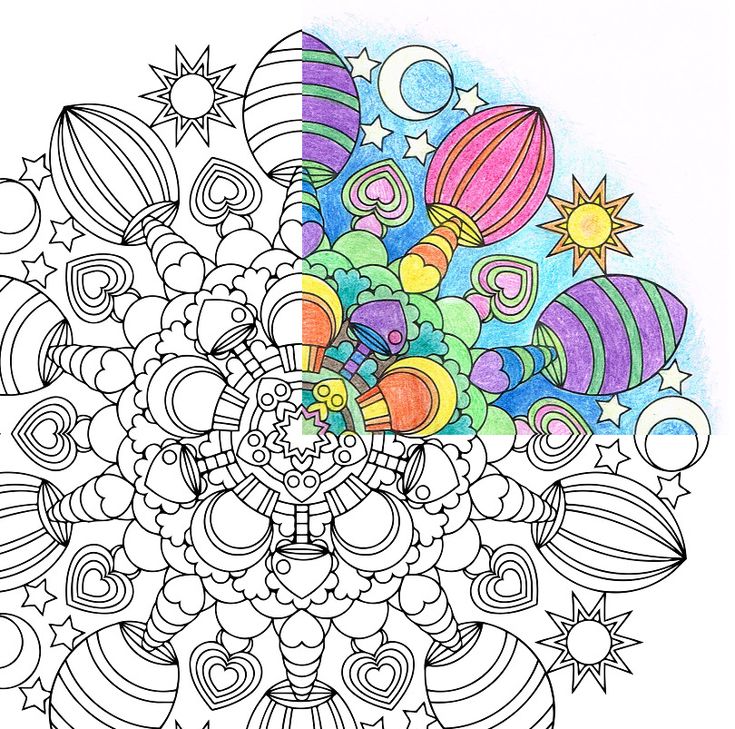
Contraindications for participation in the art-gestalt therapy group were: acute mental disorders, in the form of active delusions and the presence of intense perceptual deceptions. This is due to the patients' loss of the ability to control their behavior and observe the basic rules of group work, and prevented them from establishing productive contact with others, as well as difficult understanding of their experiences, in connection with which the participation of such a patient can lead not only to disorganization of the work of the group, but also adversely affect the patient's condition.
OBJECTIVES OF ART-GESTALT THERAPEUTIC GROUP WORK IN A HOSPITAL:
- At the initial stage of inpatient treatment, the main task of group psychotherapy was to facilitate the possibility of continuing drug therapy and establishing contact with the doctor. The main direction of work is the correction of the internal picture of the disease, the development of motivation for treatment, including the continuation of psychotherapy in the post-hospital period.
 It is important to form in patients a consciousness of responsibility for the outcome and an emphasis on the analysis of interpersonal relationships "here and now".
It is important to form in patients a consciousness of responsibility for the outcome and an emphasis on the analysis of interpersonal relationships "here and now". - Further tasks were set: elimination or weakening of the existing symptoms associated both with the mental disorder itself and with their reaction to it, optimization of their mental state and social functioning.
- Achieving a higher level of psychosocial adaptation of patients. Achievement by patients of a better understanding of the characteristics of their condition, the causes and mechanisms of the development of the disease. Formation of active self-regulation skills in patients. Development in patients of the ability to express their feelings and thoughts both verbally and non-verbally. Strengthening patients' sense of "I", improving their ability to make decisions, forming a stable system of socially significant connections, interests and hobbies.
GOALS OF PSYCHOTHERAPY: Open inpatient short-term group gestalt therapy makes the following goals achievable (12):
- Engaging the patient in the therapeutic process.
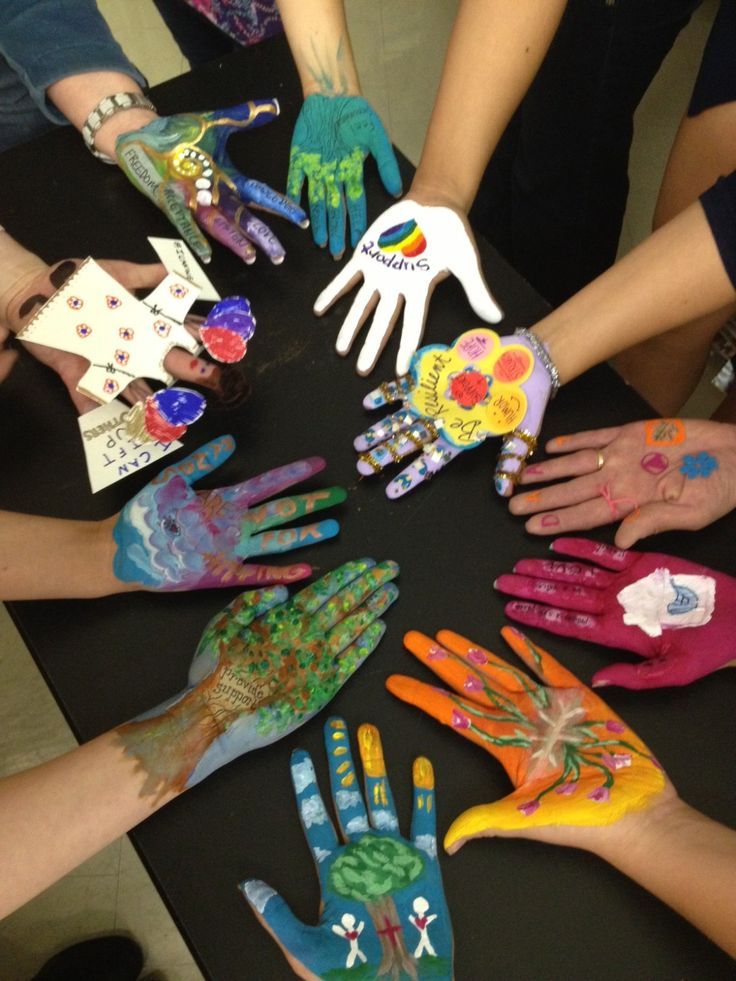
- Demonstrate that talking helps.
- Identification of problems.
- Insulation weakening.
- Opportunity for the patient to be useful to others.
- Relief of hospital anxiety.
SESSION REGISTRATION, DYNAMIC EVALUATION METHODS OF ART-GESTALT THERAPEUTIC WORK AND ITS EFFECTS included: assessment of vital activity (on the 5th axis) in points for a time interval of 12 months before admission to the hospital and 2 months after the end of therapy.
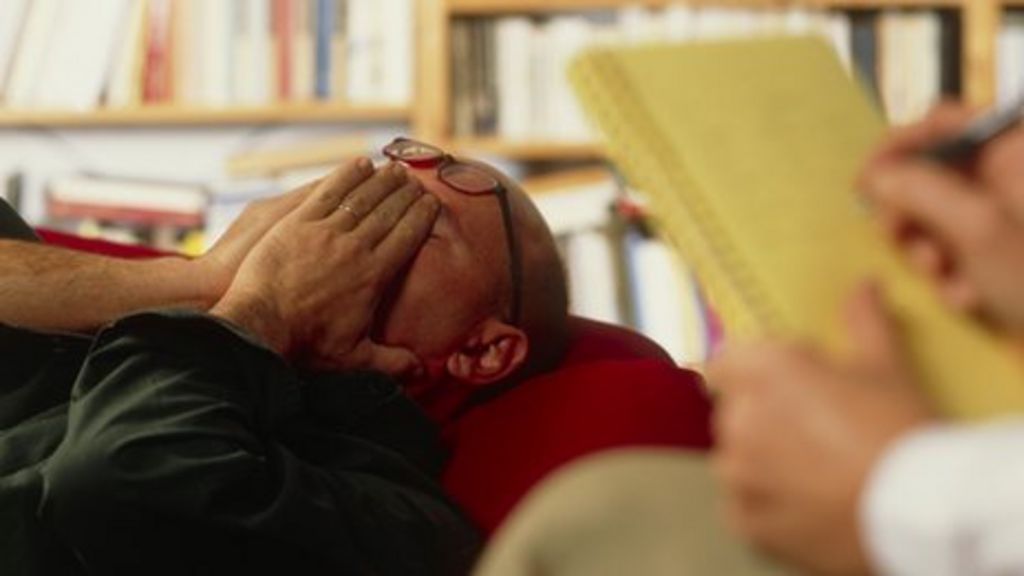
Retrospective assessment of vital signs 2 months after the end of therapy revealed the following results:
Improvement of psychosocial functioning on average by:
20 points on the scale of psychosocial adaptation in 56% in the main group and 22% in the control group.
The results showed an increase in the indicators of psychosocial adaptation in participants in the psychotherapeutic group compared with patients in the control group who received only psychopharmacotherapy.
According to the results of the clinical and psychological assessment: according to the conclusions of the conducted personal differential, there was an increase in the level of acceptance by the members of the psychotherapeutic group of each other, convergence of real and expected assessments, and a decrease in dependence on the psychotherapist. Patients of the main group showed lower rates of situational anxiety compared with patients in the control group.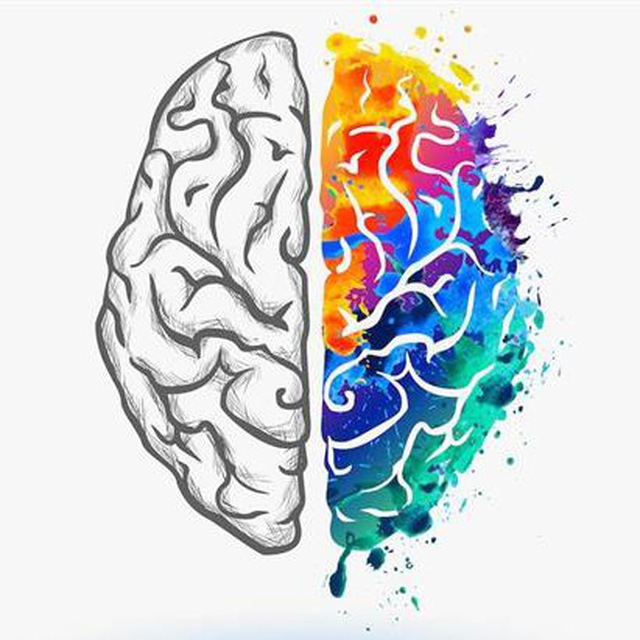
In their self-reports about the factors that had the greatest impact on the improvement of their condition, patients who underwent psychotherapy indicated in the first place: communication and support for people with similar problems, in the second place: authoritative help and self-disclosure of the psychotherapist, in the third place: interest in the topics of the classes. In general, after the end of the course of psychotherapy, patients of the main group showed a higher level of criticality to their disease and condition in general, and higher compliance rates, subject to the doctor's prescriptions. Some patients continued to engage in visual arts after the end of the course of psychotherapy.
Based on the data obtained, the following conclusions can be drawn:
- A comprehensive assessment of the characteristics of the contingent of patients, the tasks of art-gestalt therapy work in a psychiatric hospital allowed us to choose the most adequate model of an open thematic art-gestalt therapy group.

- Thematic group art-gestalt therapy at the inpatient stage of treatment of patients with long-term mental disorders achieves the following goals: to involve the patient in the therapeutic process, to demonstrate the help of talking therapy, to identify current problems, to reduce isolation, to enable the patient to be useful to others, to reduce anxiety, associated with hospitalization.
- An important part of the art-gestalt therapy work should be considered the creation of conditions conducive to the generalization and maintenance of the achieved psychotherapeutic changes. These include the development in patients of the skills of active self-regulation and expression of their feelings and thoughts, strengthening their identity and independence, as well as the formation of a stable system of socially significant connections, interests and hobbies.
- Based on the results of the work performed, higher rates of psychosocial adaptation, lower rates of situational anxiety, increased critical abilities and the level of compliance were revealed in patients who participated in group psychotherapeutic work compared with patients who received only psychopharmacotherapy.
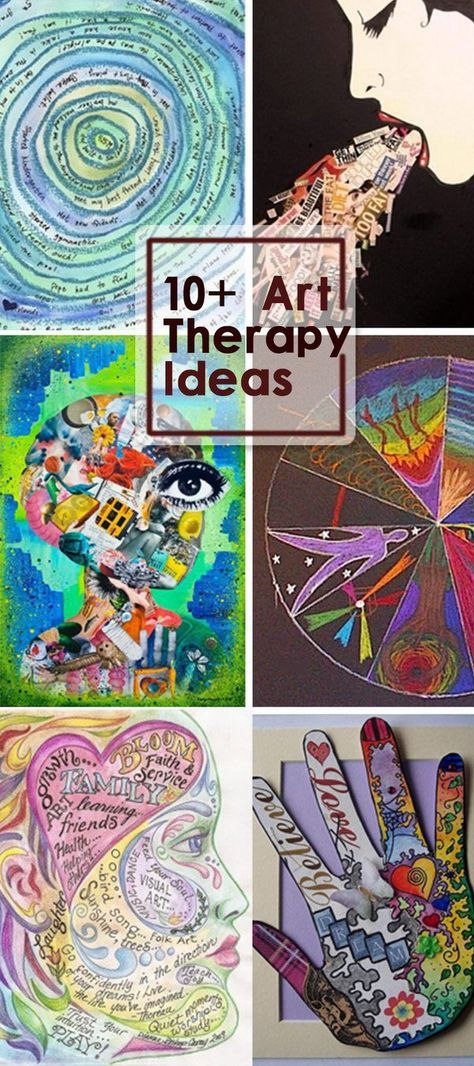
- When analyzing the work performed, it was found that patients with schizophrenia most often use projective and retroflexive methods of border regulation, as a result of which the Gestalt therapist built his work by removing projections from himself and from group members, stimulated contacts and dialogues between group members, as well as the expression of feelings . The cycle of need in most cases was interrupted at the stage of contact. The dominant self functions in the group were id and persona.
LIST OF USED LITERATURE:
- Burno M. E. "Therapy with creative self-expression" ed. "Medicine" Moscow 1989
- View VD "Psychotherapy of schizophrenia" ed. "Piter" St. Petersburg 2001.
- Kopytin A. I. "Theory and practice of art therapy" ed. "Piter" St. Petersburg 2002.
- Gestalt therapy. Theory and Practice, ed. "EKSMO-Press" Moscow 2000
- Ginger S., Ginger A. Contact Gestalt Therapy, ed. "Special Literature" St.
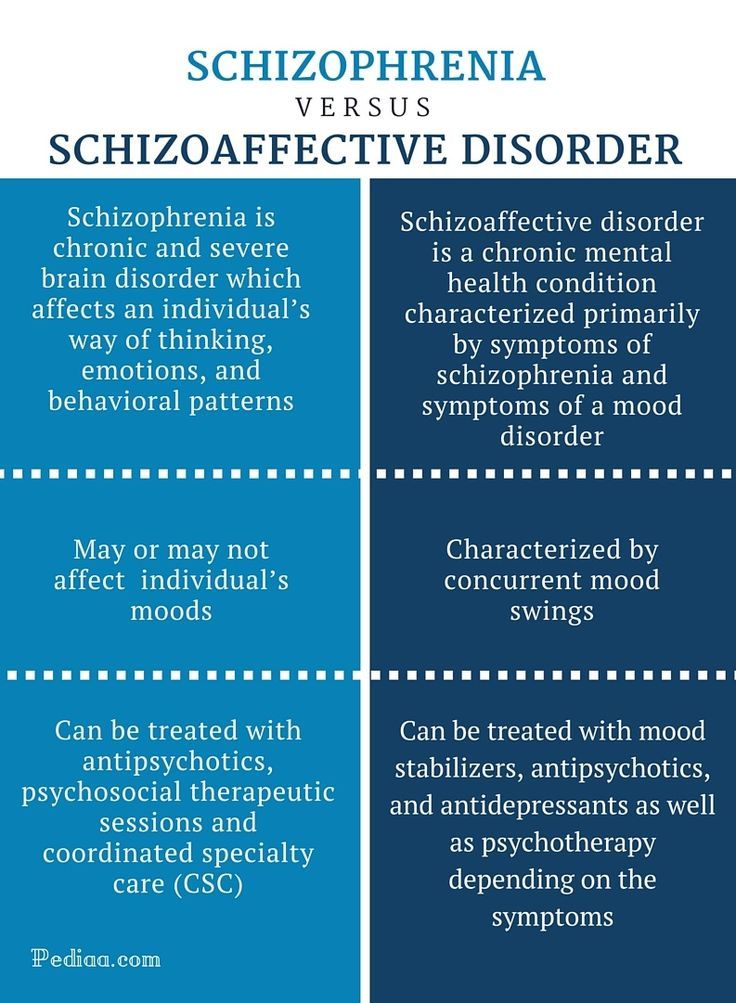 Petersburg, 1999.
Petersburg, 1999. - Zolotova T. I., Makarova T. A., Eremina I. M. “The concept of modern psychoanalysis about schizophrenia” Actual problems of modern psychiatry and psychotherapy. Collection of scientific papers of the regional scientific-practical conference "Psychotherapy in schizophrenia" 06/08/2000 in Novosibirsk, pp. 39-41.
- Kaplan G. I., Sadok B. J. “Clinical Psychiatry”, vol. 1 ed. "Medicina" Moscow 1998 year.
- Kondrashenko V. T., Donskoy D. I., Igumnov S. A. “General psychotherapy”, ed. "Higher School" Minsk 1999, pp. 350-359.
- R. D. Lang, The Split Self, ed. "Academy" Moscow 1995, pp. 51-52
- Ovchinnikov A. A., Kiseleva L. T., Prokofieva G. V., Arsenyeva O. G. “Peculiarities of psychotherapeutic interaction with patients suffering from schizophrenia” Actual problems of modern psychiatry and psychotherapy. Collection of scientific papers of the regional scientific-practical conference "Psychotherapy in schizophrenia" 06/08/2000 in Novosibirsk, pp.
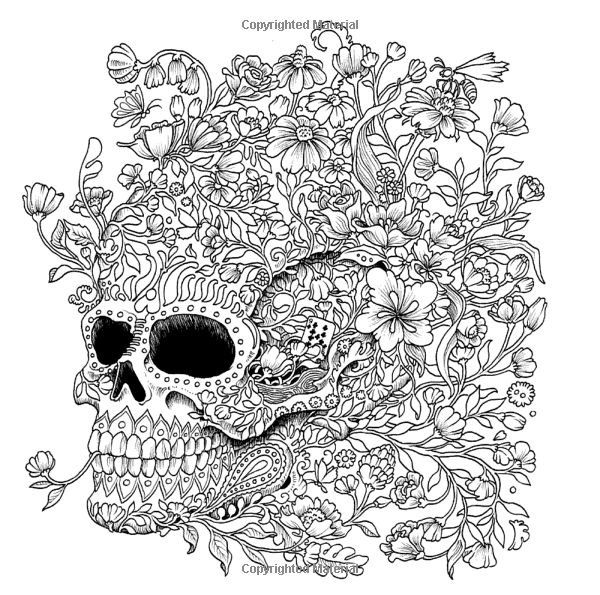 58-59.
58-59. - Polster I., Polster M. "Integrated Gestalt Therapy" ed. Independent firm "Class" Moscow 1999, pp. 63-84.
- I. D. Yalom, Theory and Practice of Group Psychotherapy, ed. "Peter" St. Petersburg 2000.
- Kaplan H. J., Sadock B. J. Synopsis of Psychiatry: Behavioral Sciences Clinical Psychiatry, six edition. Williams and Wilkins, New York, 1991. - P. 223-226.
- Zubin J., Steinhauer S., Day R., van Kammen D. Schizophrenia at the crossroads: a blueprint for the 80s // Comprehens. Psychiatry. - 1985. - No. 26. - R. 217-240.
Possibilities of art therapy. Basic concepts and definitions.
At the request of my dear readers, today we will consider a very important method of psychocorrection - art therapy, its capabilities and basic concepts.
There are many different techniques and techniques in psychological work. But this method has recently become very popular. This is because art therapy can be used with clients of almost any age.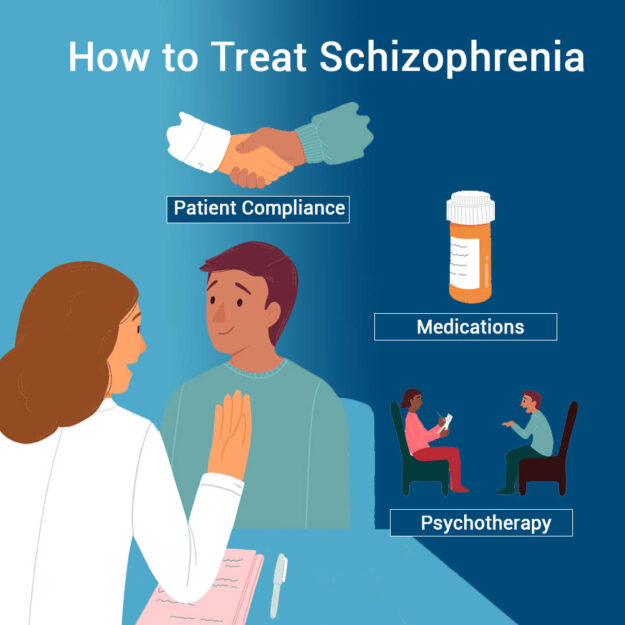
Art therapy is used to resolve psychological problems, personal conflicts, crises, mental trauma, when working with alcohol and drug addiction, etc. This method has gained its popularity not only in psychology, but also in psychiatry. And it can be used even in severe mental disorders such as schizophrenia and manic-depressive psychosis.
The therapeutic effect of art therapy is especially beneficial for children and adolescents. It is easier for them to liberate themselves and express their emotional state. For a psychologist, this method makes it easier to establish contact with a client.
The term "art therapy" was first coined by Adrian Hill in his book Art Against Disease in the 1930s. The exact date of the use of the term by the artist is not known, some sources believe that it was in 1938, others - in 1942. But the discovery itself does not lose its value from this.
I think the therapeutic effect of art was noticed even earlier. No wonder our ancestors were so fond of rock art, and later the creation of religious drawings. For example, in Buddhist and Hindu religious practices, it is customary to draw mandalas, that is, a special sacred image. Currently, mandalas are also used in art therapy. More on this later.
No wonder our ancestors were so fond of rock art, and later the creation of religious drawings. For example, in Buddhist and Hindu religious practices, it is customary to draw mandalas, that is, a special sacred image. Currently, mandalas are also used in art therapy. More on this later.
Under art therapy Kiseleva M.V. understands - a method of development and change of the conscious and unconscious aspects of the psyche of the individual through various forms and types of art.
The author identifies three main tasks of art therapy:
— to focus the client's attention on his sensations and feelings;
- create optimal conditions for the client, conducive to the most clear verbalization and elaboration of those thoughts and feelings that he used to suppress;
- Help the client find a socially acceptable outlet for both positive and negative feelings.
It is true that a person's consciousness loses full control over the situation during the work of the imagination.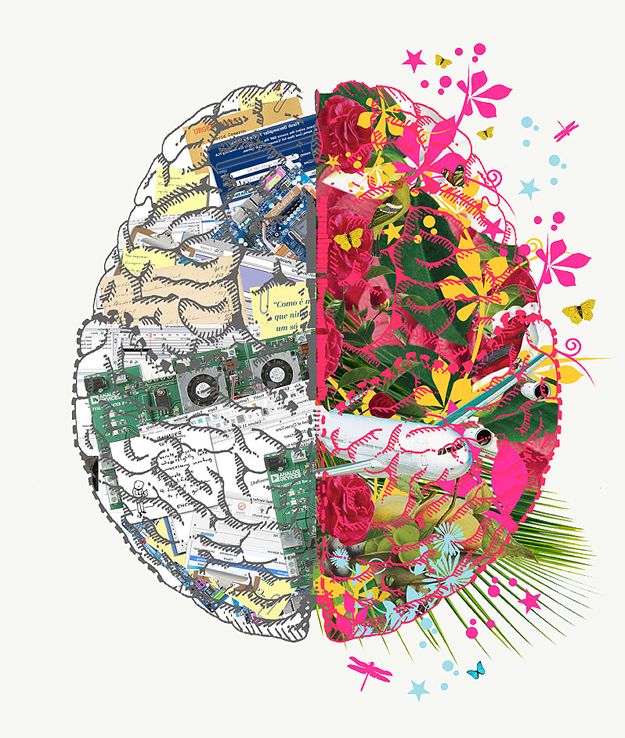 I would say that the subconscious comes to the fore. In this regard, it is easier for the psychologist to find a common language with the client, as conscious barriers and defenses are reduced, and feelings and emotions manifest themselves to a greater extent.
I would say that the subconscious comes to the fore. In this regard, it is easier for the psychologist to find a common language with the client, as conscious barriers and defenses are reduced, and feelings and emotions manifest themselves to a greater extent.
Active imagination allows the client to show self-expression and self-realization during creativity. It contains unlimited possibilities for work. However, in work, the psychologist must be ready for a splash of accumulated negative emotions that have been held back for a long time.
Art therapy launches the universal mechanism of the psyche and body for self-regulation and healing.
You and I are arranged in such a way that we are able to self-repair both physiologically and mentally. But our consciousness does not allow us to fully use this resource. When our “controller” is turned off, these processes work at an unconscious level.
However, psycho-emotional blocks accumulated with age and experience can come out. And it will be difficult for an unprepared person to cope with them. Therefore, I recommend that deep work on problems be carried out only together with a psychologist.
And it will be difficult for an unprepared person to cope with them. Therefore, I recommend that deep work on problems be carried out only together with a psychologist.
This does not mean that a person has to make an appointment to try art therapy methods. After all, when you listen to music, draw or dance, your creativity is also activated. Recall a situation when you sang or danced and your mood changed for the better. By the way, many psycho-emotional blocks are well removed with the help of dances and active movements.
Currently, there are many areas of art therapy: isotherapy, fairy tale therapy, music therapy, drama therapy, sand therapy, clay therapy, play therapy, phototherapy, etc. And everyone can choose exactly the direction that he likes. Or try several at once! In the following articles, I will reveal in more detail the main areas of art therapy, give recommendations for using the method on my own, and consider the basic principles of the work of a psychologist with the help of art therapy.
Possibilities of art therapy when working with schizophrenia.
A.L. Adams and Yu.T. Dzhangildin conducted a study of the effect of complex therapy using art therapy methods on the well-being of patients with schizophrenia.
Let me clarify that schizophrenia is characterized by the disintegration of the processes of thinking, perception, attention, a decrease in energy potential, the appearance of apathy, hallucinations and delusions. This is a severe enough mental illness for which a psychopharmacological approach is often used.
In their work, doctors noticed that patients with an integrated approach to a greater extent began to show interest in treatment. At the initial stages of treatment, art therapy methods made it possible to establish contact with patients, to find common interests and “intersection points”, without which psychotherapeutic influence is difficult.
In the improvement phase, creativity was used to explore the physician and patient's attitudes and reactions.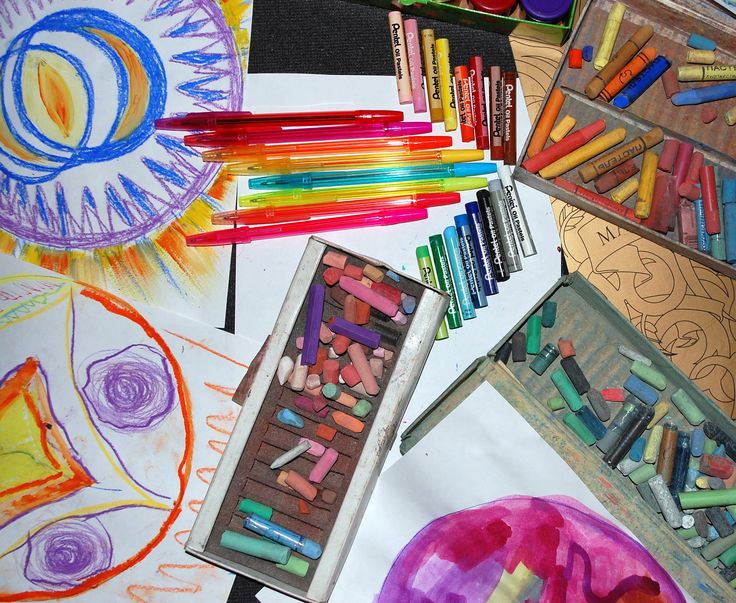 And with the help of musical, artistic, poetic works, the patient's attitudes to treatment were formed and new strategies of behavior were developed.
And with the help of musical, artistic, poetic works, the patient's attitudes to treatment were formed and new strategies of behavior were developed.
A.L. Adams and Yu.T. Dzhangildin, using an integrated approach, concluded that art therapy methods allow patients with schizophrenia to restore social skills, establish interaction in the family circle, with acquaintances, friends and patients. The quality of relationships has also changed in the form of frankness and trust in each other. Self-esteem was restored, and a positive outlook for treatment was formed.
Art therapy in the structure of synthetic psychotherapy helps to increase productivity, restore social skills, allows patients with schizophrenia to switch to a different conceptual apparatus of health perception and increase the effectiveness of therapeutic measures.
M.V. Kiseleva highlights the following advantages of art therapy in the rehabilitation of sick people:
- the non-verbal nature of the technique allows patients their feelings and emotions, which otherwise can come out through behavior
- increases self-esteem, helps in making decisions
- training and improving the sensorimotor capabilities of people
- the ability to work with different materials, which contributes to the preservation and development of
practical skills
- the possibility of long-term contact between the patient and the therapist, which is of great importance for creating a positive effect of treatment.
Opportunities for art therapy when working with children.
It's no secret that a child at a younger preschool age is not yet able to objectively assess his mental well-being and understand the causes of problems that arise. Often, child psychologists have to deal with serious problems in the psycho-emotional sphere of the child. Finding the root of the problem is quite difficult. They come to the aid of art therapy methods.
For example, one of the methods for studying the psycho-emotional state of a child is the “Magic Land of Feelings” method, which was developed by T.D. Zinkevich-Evstigneeva.
When working through psychological problems, such as conflicts with parents, it is recommended to use sand therapy. It allows you to both diagnose the problem and find a way out of the current situation.
Art therapy provides an opportunity to work with a wide range of people, creating a certain psychological climate between the client and the psychologist.